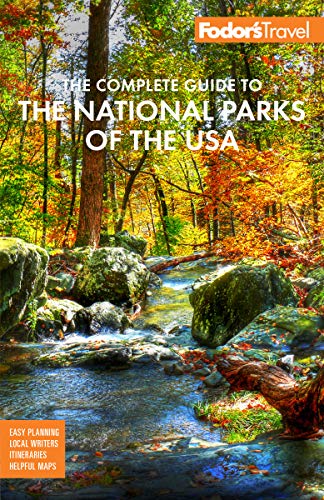Plants and Wildlife in Redwood
Coast redwoods, the world's tallest trees, grow in the moist, temperate climate of California's North Coast. The current record holder, named Hyperion, tops out at 380 feet and was found in the Redwood Creek watershed in 2006. These ancient giants thrive in an environment that exists in only a few hundred coastal miles along the Pacific Ocean. They commonly live 600 years—though some have been around for more than 2,000 years.
Diverse, Complex
A healthy redwood forest is diverse and includes Douglas firs, western hemlocks, tan oaks, and madrone trees. The complex soils of the forest floor support a profusion of ferns, mosses, and fungi, along with numerous shrubs and berry bushes. In spring, California rhododendron bloom all over, providing a dazzling purple and pink contrast to the dense greenery.
Old-Growth Forests
Redwood National and State parks hold nearly 50% of California's old-growth redwood forests, but only about a third of the forests in the park are old-growth. Of the original 3,125 square miles (2 million acres) in the Redwoods Historic Range, only 4% survived logging that began in 1850. A quarter of these trees are privately owned and on managed land. The rest are on public tracts.
Wildlife Species
In the park's backcountry, you might spot mountain lions, black bears, black-tailed deer, river otters, beavers, and minks. Roosevelt elk roam the flatlands, and the rivers and streams teem with salmon and trout. Gray whales, seals, and sea lions cavort near the coastline. More than 280 species of birds have been recorded in the park, which is located along the Pacific Flyway. A plan is also underway to reintroduce California condors to the park by 2022.




